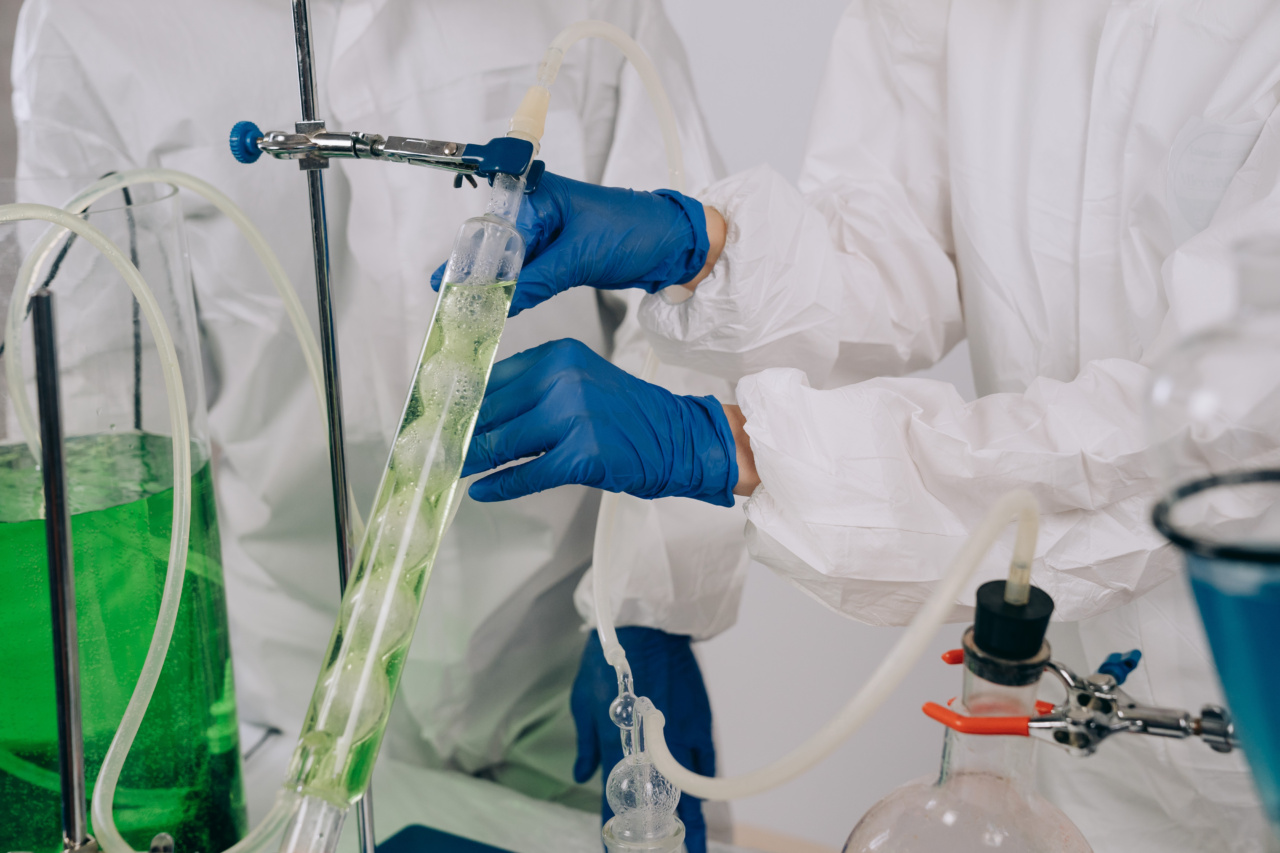Heartburn is a common digestive issue that affects millions of people around the world. Also known as acid reflux, heartburn occurs when the contents of the stomach back up into the esophagus, causing a painful burning sensation in the chest and throat.
While there are many causes of heartburn, recent research has revealed the role of an anatomical feature called the “acid pocket.” In this article, we’ll explain what the acid pocket is and how it contributes to heartburn.
What is the Acid Pocket?
The acid pocket is a pool of stomach acid that forms in the upper part of the stomach, near the esophagus.
This pocket is created by a combination of factors, including changes in the pressure within the stomach, the position of the body after eating, and the release of acid from the stomach’s lining. While the acid pocket is a normal part of digestive physiology, it can become a problem when it moves up into the esophagus and causes heartburn.
How Does the Acid Pocket Cause Heartburn?
The acid pocket contributes to heartburn in several ways. First, it can increase the amount of acid that refluxes into the esophagus.
Studies have shown that when the acid pocket is enlarged, there is a greater amount of acid in the refluxate that comes into contact with the esophageal lining. This can lead to more severe and prolonged heartburn symptoms.
Second, the acid pocket can affect the efficacy of acid-suppressive medications like proton pump inhibitors (PPIs). PPIs work by blocking the production of acid in the stomach.
However, they are less effective at inhibiting acid secretion when the acid pocket is present. This can lead to incomplete relief of heartburn symptoms in some patients.
What Factors Contribute to the Acid Pocket?
Several factors can influence the size and location of the acid pocket. These include:.
- Meal size and composition: Large, high-fat meals are more likely to create an acid pocket than small, low-fat meals. This is because fat delays gastric emptying, which allows the stomach to retain more acid and create a larger pocket.
- Body position after eating: Reclining or lying down after eating can increase the likelihood of the acid pocket moving up into the esophagus.
- Peristalsis: Peristalsis is the muscular waves that move food through the digestive system. In some people, disturbances in peristalsis can contribute to the formation of the acid pocket.
- Gastric emptying: Delayed gastric emptying, which can be caused by medications or medical conditions like diabetes, can also result in the formation of an acid pocket.
- Gastric acid secretion: The amount and timing of acid secretion in the stomach can influence the location and size of the acid pocket.
How is the Acid Pocket Treated?
Currently, there are no specific treatments for the acid pocket itself. However, there are several strategies that can help reduce the likelihood of the acid pocket causing heartburn:.
- Dietary modifications: Avoiding large, high-fat meals and eating smaller, more frequent meals can help reduce the likelihood of the acid pocket forming.
- Body position: Sitting upright or standing for at least three hours after eating can help reduce the likelihood of acid reflux and the acid pocket moving up into the esophagus.
- Medications: Proton pump inhibitors (PPIs) are effective at reducing acid reflux and heartburn symptoms in many patients. However, the efficacy of these medications may be reduced when the acid pocket is present.
Conclusion
The acid pocket is a normal part of digestive physiology that can contribute to heartburn when it moves up into the esophagus.
By understanding the factors that contribute to the formation and movement of the acid pocket, patients and healthcare providers can implement strategies to reduce heartburn symptoms and improve quality of life.






























